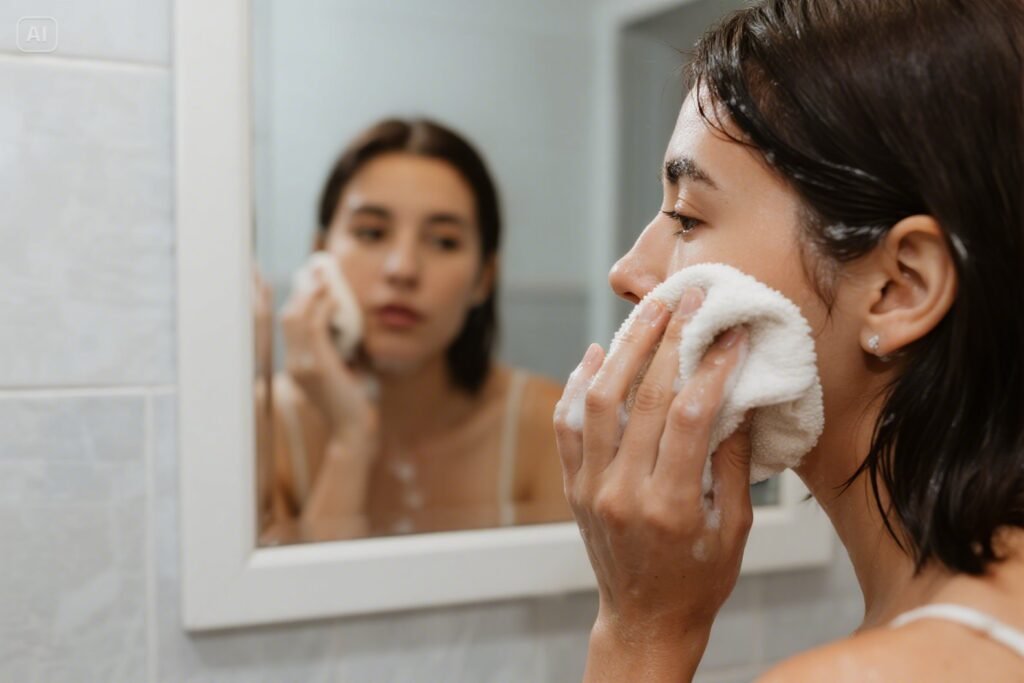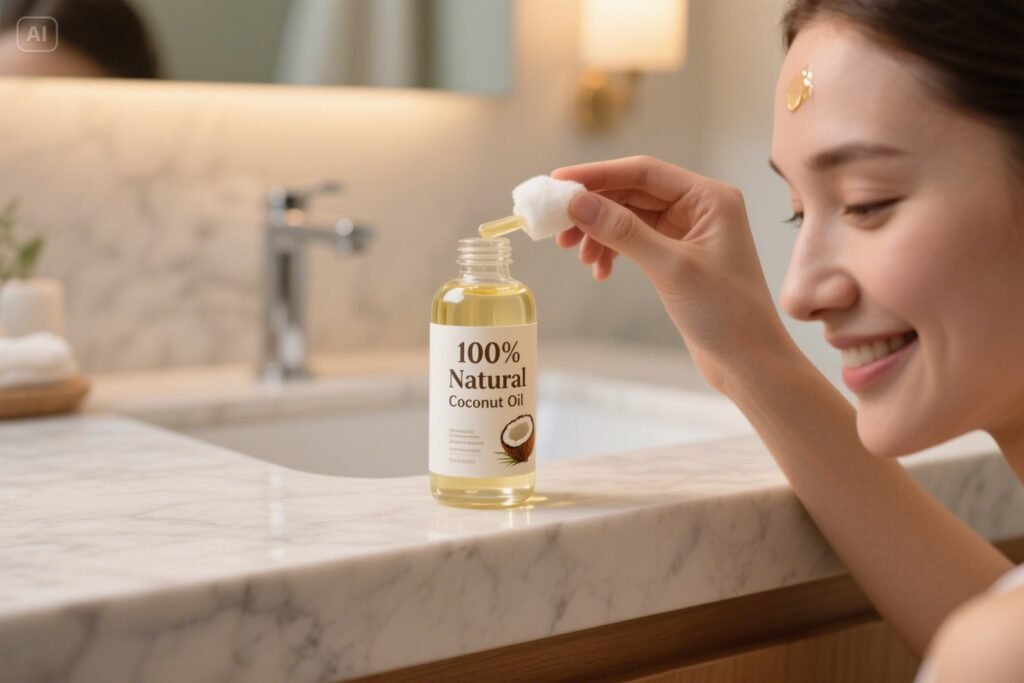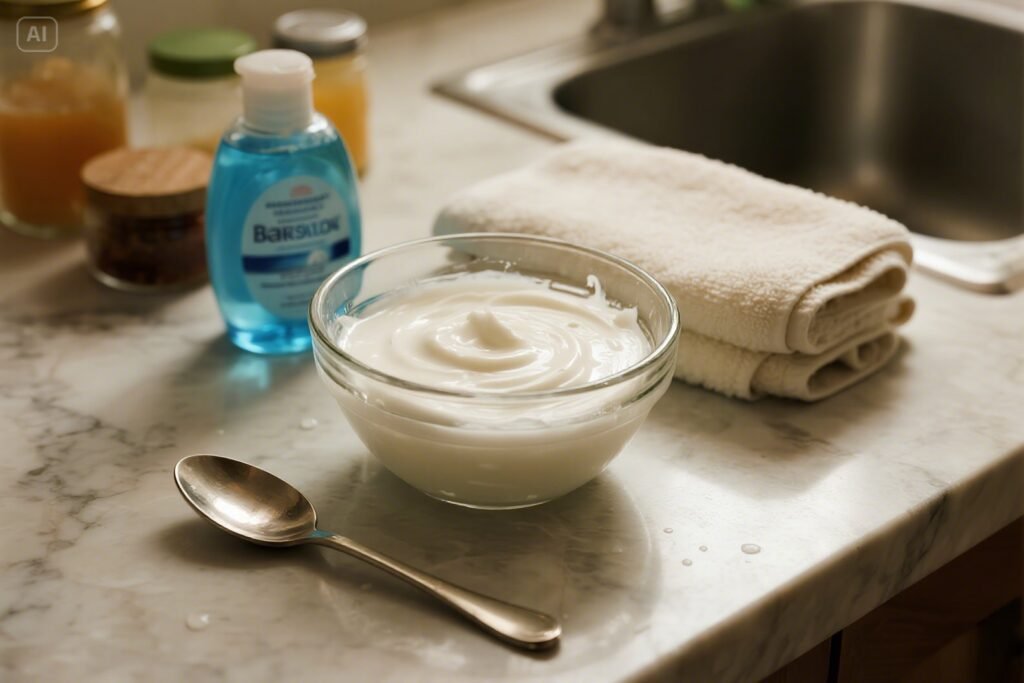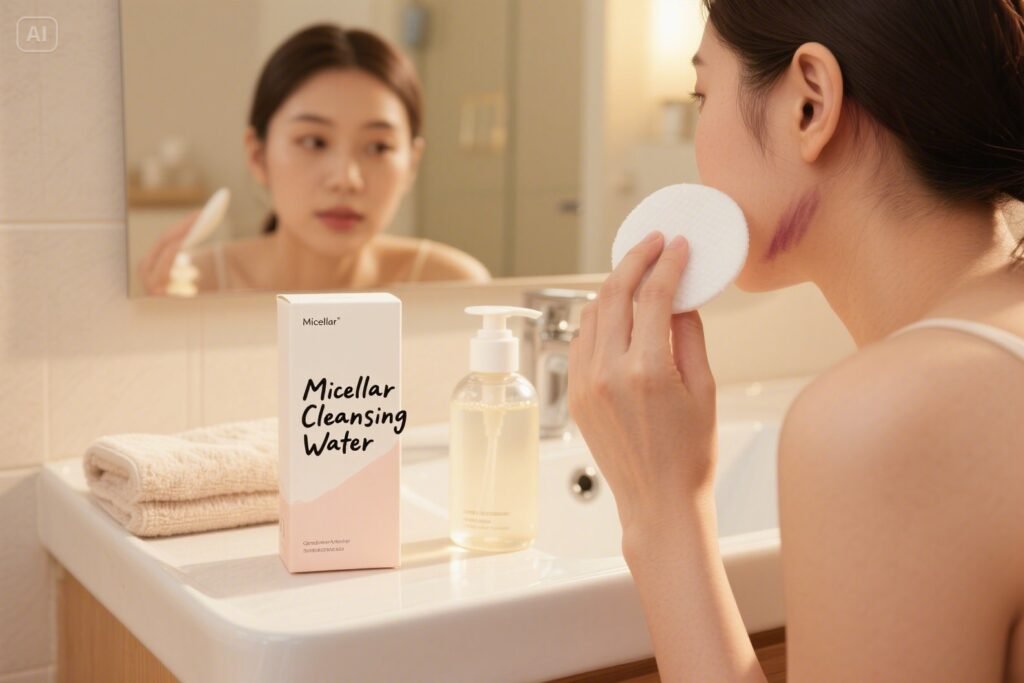Table of Contents
Introduction
Hair dye stains skin because its pigments stick to the outer layer, especially when left on too long. Learning how to get hair dye off skin quickly is essential to prevent deep, lasting stains. This guide covers simple and effective methods such as washing with soap and water, using oil-based solutions, baking soda paste, and gentle makeup removers to safely remove dye from skin.
It also explores natural options like lemon juice for lightening stains and advises avoiding harsh chemicals that can irritate. Knowing how to get hair dye off skin properly helps protect your skin’s health while ensuring a clean, fresh appearance after dyeing. Acting fast is crucial for the best results.
| Basics | Details |
| Why Dye Stains Skin | Pigments stick to skin, especially if left too long. |
| Act Quickly | Early removal prevents deep stains. |
| Soap and Water | Wash fresh stains gently with warm water and soap. |
| Early Cleaning Benefits | Reduces the chance of lasting marks. |
| Oil-Based Removal | Oils dissolve dye and protect skin. |
| How to Use Oil | Apply massage to the skin, wait, then wash off. |
| Baking Soda Paste | Exfoliates and lifts tough stains. |
| Using Baking Soda | Apply gently, rinse well, repeat if needed. |
| Makeup Remover | Removes dye softly for sensitive skin. |
| Micellar Water | Cleanses dye without scrubbing. |
| Lemon Juice | Natural lightener, apply briefly, then rinse and moisturize. |
| Lemon Juice Caution | May dry skin; avoid sun after use. |
| Avoid Harsh Chemicals | Chemicals and scrubbing irritate skin. |
| Gentle Methods | Use mild products and patience. |
| Prevent Stains | Use barrier creams and gloves during dyeing. |
| See Doctor | If irritation or allergies occur, seek medical advice. |
Why Hair Dye Leaves Stains on Skin?
Hair dye stains skin because the color pigments stick to the outer layer. Although designed to bond with hair, these pigments can cling to skin, especially if the dye stays on too long. The longer the dye remains, the more difficult it is to remove. Acting fast helps prevent the stain from setting deeply, making cleanup easier and reducing skin discoloration.

How To Get Hair Dye Off Skin? First Step
- Use warm water and a gentle soap to cleanse stained skin.
- Rub the area softly using a washcloth or sponge.
- Clean the skin as soon as possible.
- Early washing helps prevent the dye from soaking in.
- This is effective for fresh stains.
- It lowers the chance of long-lasting marks.
- A simple and quick method for minor smudges.
Using Oil-Based Solutions for Dye Removal
Why Oil Works on Stains
In how to get hair dye off skin, Oil-based products are effective because hair dye pigments dissolve in oil. Natural oils such as coconut, olive, or baby oil soften the stain, making it easier to wipe off. These oils also protect your skin from drying. Using oil is a gentle and natural method to break down stubborn dye stains without irritating sensitive skin.
How to Apply Oils Properly
Put a small amount of oil on a cotton ball or soft cloth. Gently massage the stained skin in circular motions. Let the oil sit for a couple of minutes. Then wash the area with warm water and mild soap to remove any leftover oil. Repeat if necessary but avoid rubbing too hard. This is a safe and effective way to get rid of old or tough stains.

Baking Soda and Dish Soap Paste: Effective Scrubbing
Mix equal parts baking soda and dish soap to form a paste. This mild abrasive helps remove tough hair dye stains by exfoliating the skin gently. Baking soda breaks down the pigment while the soap cleanses. Apply the paste carefully on the stained skin and rub softly. Rinse thoroughly with warm water. Use this method occasionally to prevent skin irritation.
Makeup Remover and Micellar Water Techniques
Makeup remover and micellar water are designed to remove color pigments gently. In the process of how to get hair dye off skin, soak a cotton pad with the remover and softly wipe the stained skin. These products are ideal for sensitive skin or light stains. They dissolve dye without harsh scrubbing, leaving your skin clean and comfortable. Repeat if needed for persistent dye marks.

Lemon Juice for Natural Lightening
- Dip a cotton ball in fresh lemon juice.
- Apply gently to the stained skin.
- Leave it on for 5 minutes before rinsing.
- Lemon juice acts as a natural lightener.
- Moisturize afterward to avoid dryness.
- Avoid sunlight after treatment.
- Use cautiously on delicate skin types.
- Lemon juice has mild bleaching properties that help fade hair dye stains naturally. However, it can cause dryness or irritation, so always moisturize after using and avoid sun exposure.
When to Consult a Doctor?
If stains remain after home treatments or if your skin becomes red, swollen, itchy, or painful, see a doctor. Allergic reactions or irritation may require professional care. A dermatologist can recommend safe treatments and suitable skincare. In case of how to get hair dye off skin, never ignore uncomfortable symptoms after dyeing your hair. Seeking medical help protects your skin from further damage.

Conclusion
In conclusion, knowing how to get hair dye off skin quickly and safely is essential to avoid lasting stains and irritation. Using gentle methods like soap and water, oils, baking soda paste, or makeup remover can effectively remove dye without harming your skin. Natural remedies like lemon juice also help lighten stains. Always avoid harsh chemicals and act fast to protect your skin, ensuring a clean and comfortable finish after dyeing your hair.
Want to know about “The Ultimate Guide to Bob 2025 Hair Trends: Modern Cuts, Bold Colors” Check out our “Fashion” category.
FAQs
Use warm water and mild soap right after dyeing. Gently rub with a washcloth to lift the dye before it sets into the skin.
Natural oils like coconut or olive oil help loosen dye pigments. Massage onto stained areas, wait a few minutes, and then wash with soap and water.
Baking soda can be used gently with dish soap to remove stains. However, test a small area first to avoid irritation on sensitive or delicate skin.
















